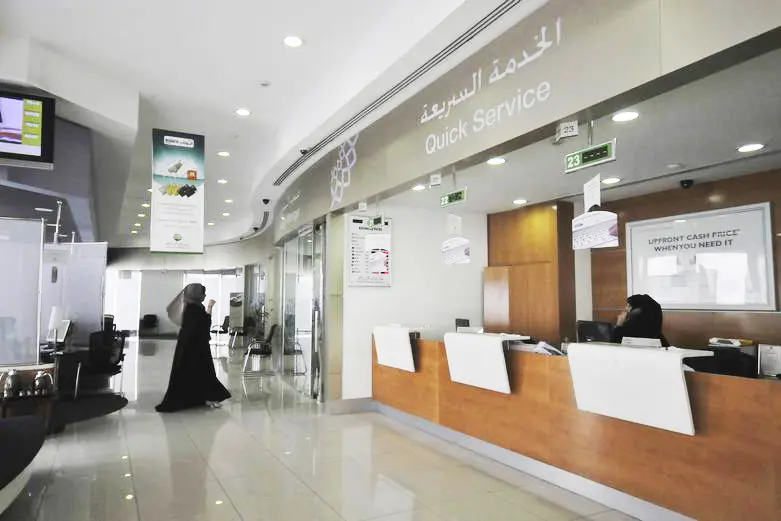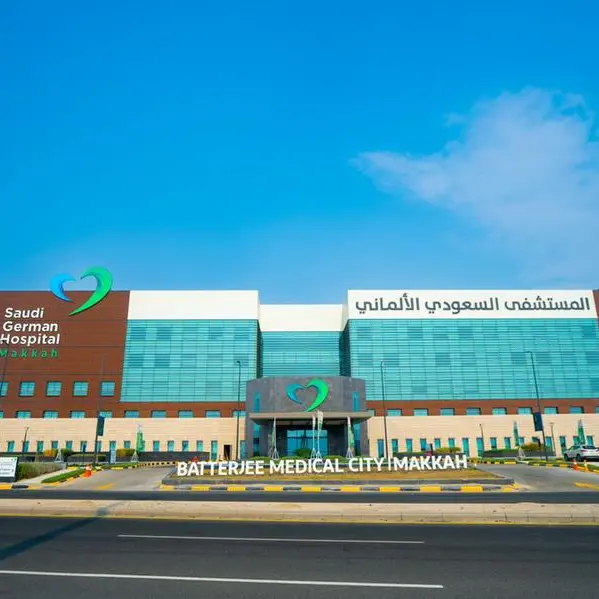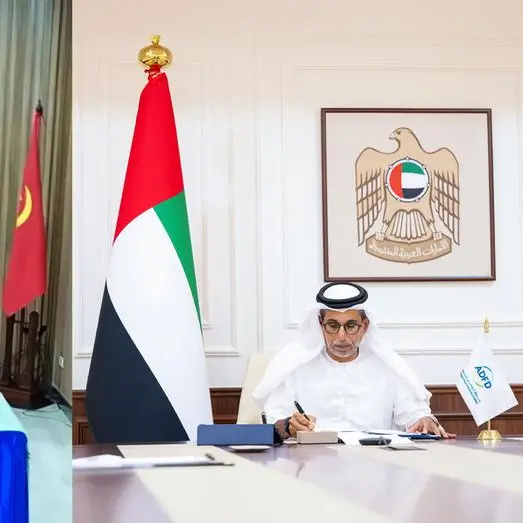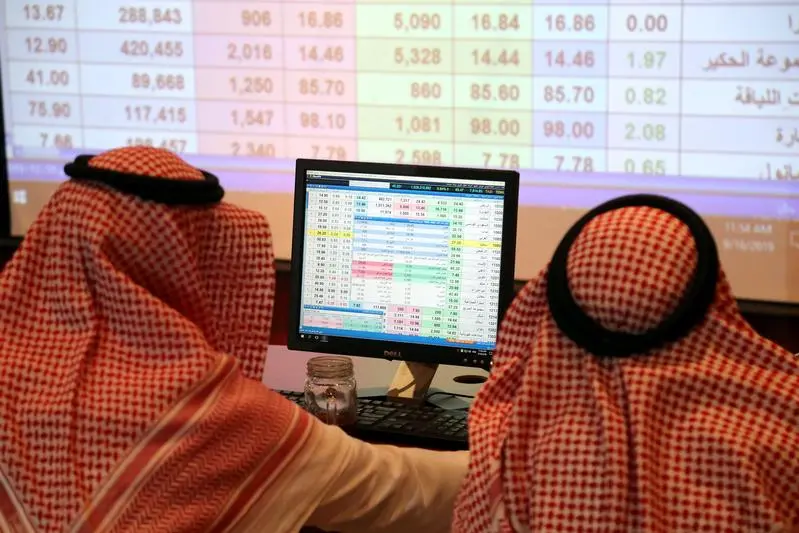PHOTO
To match Feature ISLAMICFINANCE-WOMEN/ Image used for illustrator purpose
Omar Mahmood, Head of Financial Services for Middle East and South Asia and Partner at KPMG Qatar, discusses the evolving banking landscape in the region
It is not 'new news' that most industries in the Middle East have felt the impact of the current changing market conditions, largely due to the significant drop in oil prices over the past few years. And the effects of reductions in government spending and streamlining by many large organisations have been felt throughout the region's banking sector.
2015 was a tough year for listed banks in the GCC. A recent KPMG report which analyses results of 56 of the region's leading listed commercial banks (covering over 90 per cent of listed banking assets), highlights that while profits and assets have grown year on year on average across the GCC, the growth rate (at approximately six per cent) is below the levels we have seen in recent years.
Banks in the GCC have clearly been impacted by the persistent low oil price--government spending curbs have resulted in lower liquidity in the market which in turn has limited the ability of banks to grow their balance sheets. Banks in the region have benefitted for a number of years from the low cost deposits they attract from government and related entities, which has helped them achieve attractive net interest margins, being the predominant source of profitability. However, with a reduced supply of lower cost deposits, banks are being forced to raise funds from costlier sources which is negatively impacting margins and in turn profitability. Comparison of listed bank results across the GCC demonstrates how the liquidity ratios across all but one of the GCC countries, have decreased when compared to 2014.
In addition to the declining liquidity levels, which are still prevailing in 2016, another significant trend in 2015 was the decline in capital adequacy levels by two per cent on average over the year, which is a concern for many bankers. When improved liquidity levels do return to the market, banks are fully aware that they will only be able to grow their assets (which in turn will increase the risk-weighted asset levels) if they have adequate capital to do so. Regulators across the region are implementing Basel III requirements in a phased manner and as a result, the minimum capital adequacy levels are rising through addition of the counter cyclical buffer, domestic systemically institution buffer and the Internal Capital Adequacy Assessment Process (ICAAP) buffer in some countries. This will all create an additional burden on banks to raise capital levels to ensure that they comply with regulatory requirements. In 2016, we are therefore likely to see an increase in capital and fund raising activity with debt issuances, rights issues and additional Tier 1 issuances just some of the routes that banks will explore.
On the cost side of the business, banks in the GCC have reacted well to market conditions, with cost to income ratios declining by 7.4 per cent on average across the region. Cost optimisation exercises and efficiency initiatives were high on the agenda for most boards throughout 2015, given the income pressures they are facing. Banks have therefore used this opportunity to review their operating costs and look to rationalise where possible to help them become more efficient and 'weather the storm'.
Despite the economic realities banks are facing, 2015 did not see a significant increase in impairment charges on financing portfolios nor a rise in non-performing loan ratios. In fact, over the last year there has been a decline in net impairment charges on financing activities by 9.2 per cent on average, and non-performing loan ratios have remained broadly in line with or declined from 2014. This is a reflection of the more cautious approach to lending adopted by banks in prior years, which is proving to be beneficial. Nevertheless, there are still sectors which could be a cause for concern, namely the contracting and SME segments which could face a lag between the start of the oil price decline and the direct impact being felt. Banks are however aware of this issue and are monitoring these sectors closely.
The region's banks are well aware of the upcoming International Financial Reporting Standard (IFRS 9) on financial instruments. IFRS 9 will transform the way in which banks will recognise impairment charges, essentially moving away from an incurred loss model (which many believe delayed the accounting for losses during the 2008 credit crisis) to an expected loss model, which will be more forward looking. Despite an effective start date of 1 January 2018, most regulators and banks in the region have already started to prepare for the new standard, which will place an increased burden on risk, systems, data and finance.
Despite the current challenges being faced, banks remain relatively resilient, and the long-term outlook is still positive in our view, given the expectation of continued government support for the sector and committed infrastructure investment for landmark events such as the FIFA 2022 World Cup in Qatar and Expo in Dubai. Governments across the region are focusing on non-oil growth and looking to move ahead with their national visions aimed at reducing the dependence on the hydrocarbon sector, which will have a positive impact on banking and financial services as a whole.
Common trends developing across the region for the year ahead:
Continued regulatory oversight/scrutiny: regional regulators are becoming far more active in supervising banks. Banking supervision departments at central banks are recruiting staff, using external consultants, training their people more, leveraging best practise and adopting regulations that are being rolled out in more developed markets, all to ensure that banking stability is maintained through appropriate control, culture and governance.
Rising cost of funds: with three GCC sovereign credit rating downgrades and numerous bank downgrades occurring already in 2016, we expect yields to widen and the cost of funds to increase further, which will impact bank profitability in the coming year.
Increased focus on risk: banks have been, and will continue to, maintain a significant focus on risk management. Increasing regulator scrutiny and the overall caution as a result of current market conditions will force banks to ensure that risk management remains the utmost priority from the highest levels.
Focus on innovation and efficiency: we expect banks to continue to focus on cost efficiencies as they have done in 2015, but also to look to ways in which they can innovate and differentiate their service offering and delivery methods. In a competitive banking landscape across the GCC where margins are under pressure, customers are becoming more demanding and shareholder expectations for growth remains, banks will be forced to innovate faster than they have been.
Source: KPMG
© Banker Middle East 2016





















